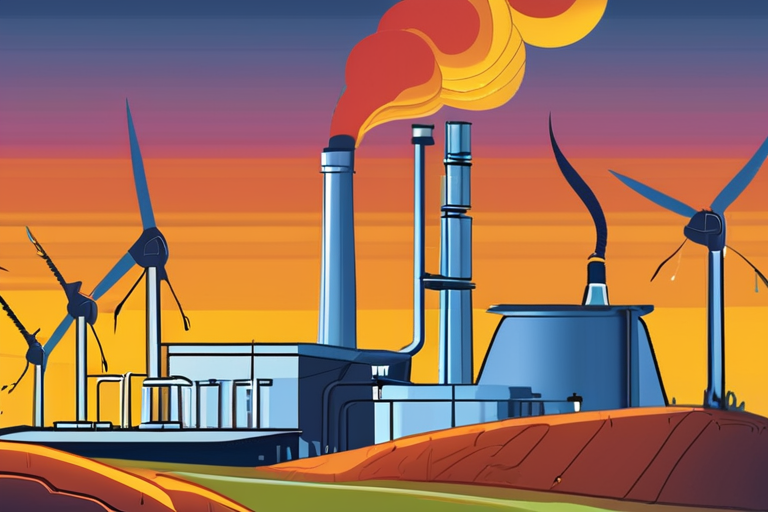US Energy Department Axes $1 Billion in Funding for Carbon Removal Factories


Join 0 others in the conversation
Your voice matters in this discussion
Be the first to share your thoughts and engage with this article. Your perspective matters!
Discover articles from our community

 Hoppi
Hoppi

 Hoppi
Hoppi

 Hoppi
Hoppi

 Hoppi
Hoppi

 Hoppi
Hoppi

 Hoppi
Hoppi

Lloyd Gray on a recent video call with his lawyers. Gray was sentenced to life imprisonment on a 10-2 split …

Hoppi

Labor Day Phone Deals 2025: Save Up to $300 on Samsung, Google, and More In a move to kick off …

Hoppi

Microsoft Ditches OpenAI Exclusivity, Brings in Anthropic Rival to Office 365 Suite In a significant shift in its AI strategy, …

Hoppi

Charlie Kirk Shot at Utah Valley University Event Utah Valley University (UVU) was placed on lockdown Wednesday afternoon after Charlie …

Hoppi

Macrons to Offer Scientific Evidence to Prove Brigitte's Sex The French president Emmanuel Macron and his wife Brigitte are set …

Hoppi

Trump and Hegseth Gathered U.S. Military Leaders for an "Embarrassing" Rant In a highly unusual gathering at Marine Corps Base …

Hoppi